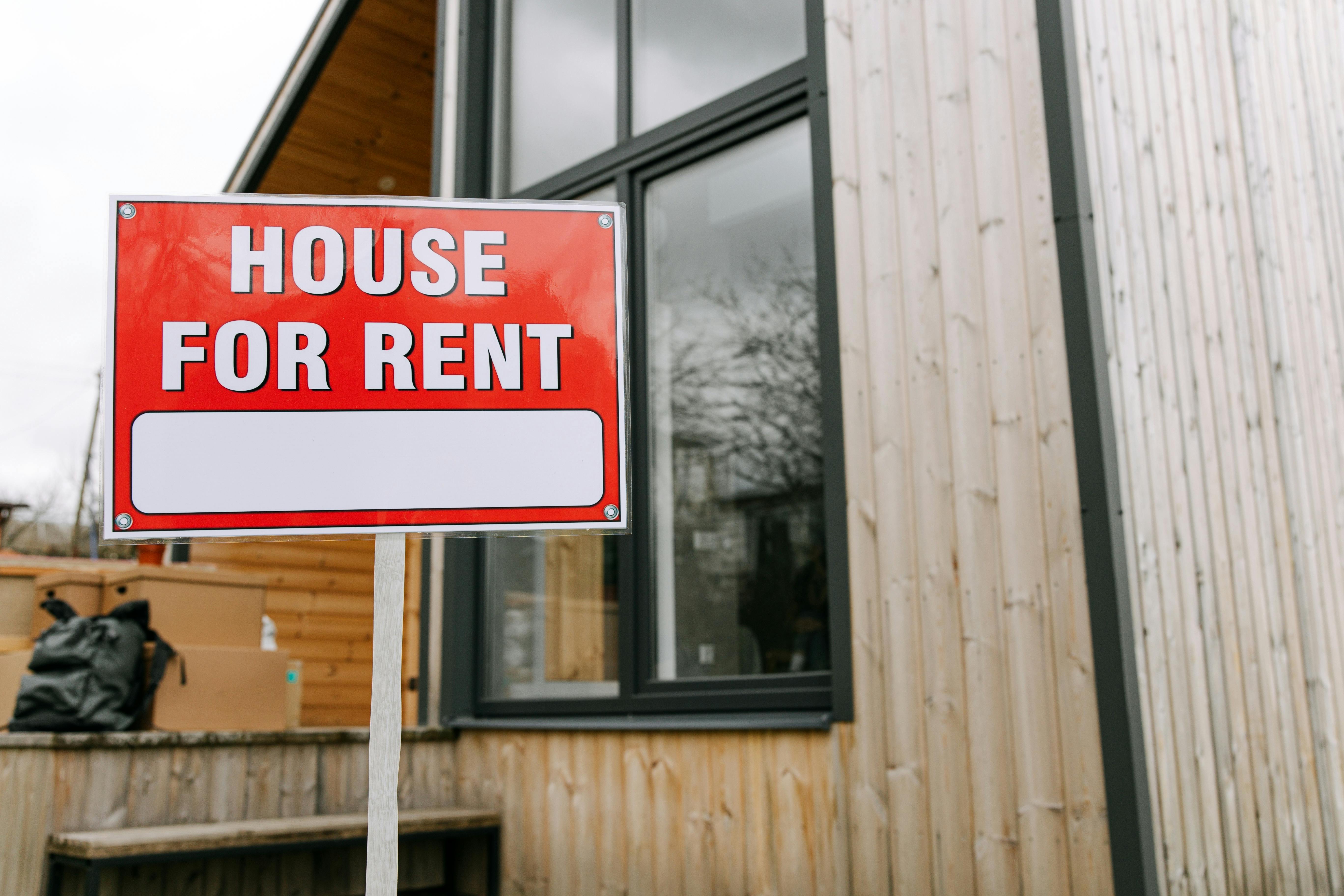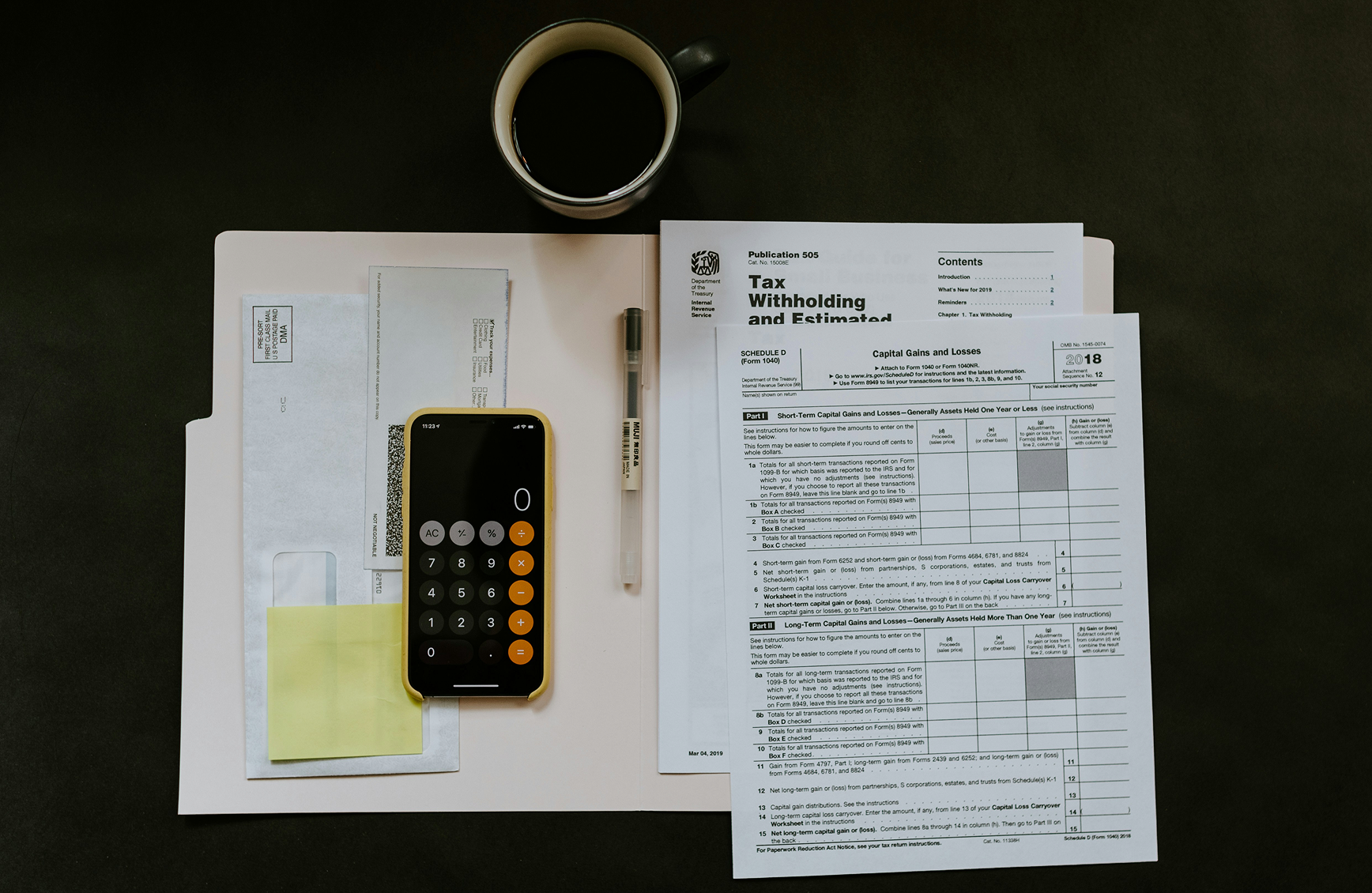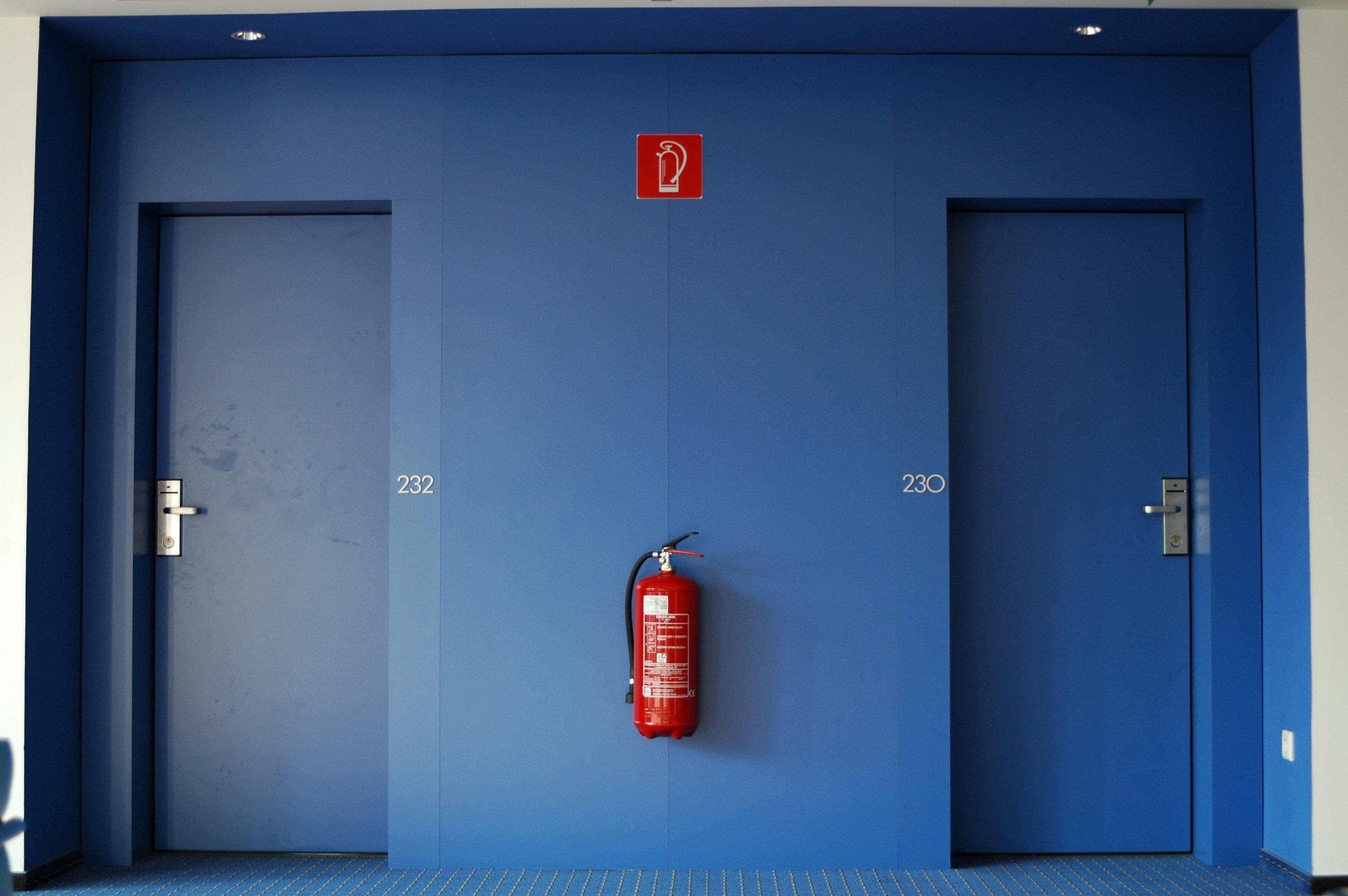Index
Receive our newsletter
Setting the right rent is one of the most important decisions for any landlord. Charging too much can leave the unit vacant for months, while setting the price too low means losing profitability. In this guide, we’ll explore how to price a rental property by taking into account three factors that directly influence the market: demand dynamics, the academic calendar, and local events that attract thousands of people to cities.
Key factors in pricing your rental property
Location remains the most decisive element. A unit close to universities, public transportation, or service areas will always hold greater appeal. Physical features also matter, like number of bedrooms, overall condition, furnishings, and energy efficiency. To this, landlords should add real-time market analysis, comparing similar listings to identify a competitive range.
Beyond these traditional variables, the rental sector has its own dynamics worth monitoring. In college towns especially, the constant arrival of both domestic and international students significantly shifts the balance between supply and demand.
Demand dynamics in student housing
Cities with a large student population often see a surge in demand for housing near campuses, particularly with flexible lease terms. This pressure causes prices to adjust differently compared to other urban areas.
Demand doesn’t only peak at the start of the academic year; it is also shaped by international mobility. In this context, real estate market trends show that foreign students often value fully furnished housing, high-speed internet, and transparent management processes. These factors make a clear difference and directly influence what they are willing to pay.
Academic seasons and their impact on pricing
The university calendar plays a decisive role. August and September bring the highest volume of leases, coinciding with the start of the academic year. In institutions that run semester-based programs, January becomes another critical month. During these periods, demand far exceeds available supply, allowing owners to adjust rent upward.
In contrast, mid-year months tend to bring less pressure. At these times, it may be wise to offer more appealing conditions such as trial periods, first-month discounts, or added flexibility in lease length. Understanding these cycles helps landlords price a rental property more strategically, tailoring decisions to the realities of each season.
Local events and short-term rentals
Music festivals, professional conferences, sporting events, or international trade fairs create spikes in demand as visitors look for places to stay. While this demand is generally short-term, its impact can spill over into medium-length leases, boosting visibility in certain areas and generating additional opportunities for property managers.
In such cases, it is important to distinguish between tenant profiles. Students typically look for stability, while event attendees seek shorter stays. The crucial point is to strike a balance between these two groups, ensuring long-term occupancy while also capitalizing on income peaks generated by local events.
Practical strategies for landlords
Smart management means adjusting rent according to these variables. Raising prices during high-demand months, offering flexible terms during slower periods, or considering short-term options during major events can all help improve profitability.
Another recommendation is to rely on digital tools and comparison platforms to access up-to-date market references. These resources make it easier to see how to price a rental property based on objective data, rather than intuition alone. Transparency and consistency in pricing not only attract tenants but also strengthen trust and long-term loyalty. To dive deeper, we invite you to consult our guide choosing the rental model that best suits you: short vs. medium stay, a practical resource for landlords looking to maximize returns. It outlines how to determine whether short- or mid-term rentals are better aligned with your property and tenant profile.
Looking ahead in the rental market
Determining the right price is not a one-time exercise but an ongoing process that requires close attention to demand trends, academic cycles, and local events. The rental market is highly competitive, which means mastering this aspect is not only a challenge but also an opportunity for landlords seeking to stand out and secure stable income over time. By analyzing the external factors outlined in this guide, you will be better positioned to attract quality tenants and maintain a consistent, reliable flow of rental income.








